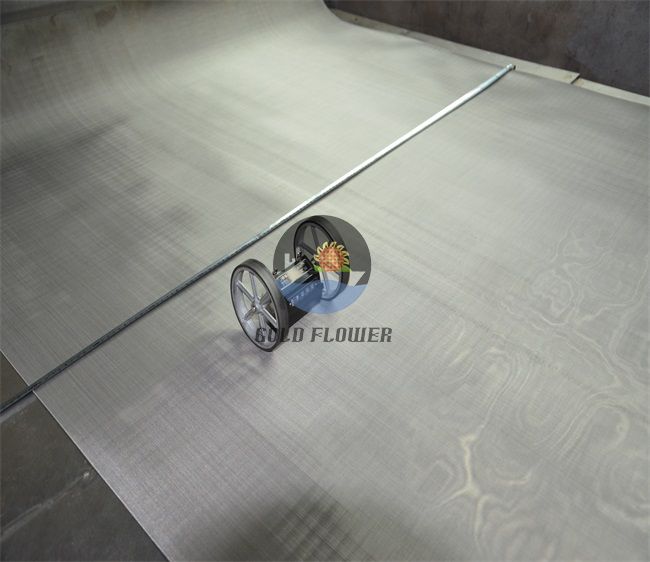dec . 03, 2024 15:37 Back to list
voc filter
Understanding VOC % Filter Its Importance in Air Quality Management
Volatile Organic Compounds (VOCs) refer to a large group of organic chemicals that can evaporate into the air and contribute to air pollution. These compounds are commonly found in many household and industrial products, including paints, solvents, cleaning agents, and even fuels. As awareness of air quality increases, the significance of VOC filters has become a focal point in both residential and industrial settings. This article explores the concept of VOC % filters, their functions, and the vital role they play in promoting healthier environments.
What Are VOCs?
VOCs are carbon-containing substances that have a high vapor pressure at normal room temperature, allowing them to easily enter the atmosphere. While many VOCs are harmless, others can cause health issues, such as headaches, dizziness, respiratory problems, and even long-term effects like liver and kidney damage when inhaled in significant quantities over time. In industrial environments, VOCs pose significant risks to workers' health and well-being, necessitating effective measures to mitigate their presence.
The Role of VOC Filters
VOC filters are specifically designed to capture and remove volatile organic compounds from the air. They are utilized in various applications, including air purifiers, HVAC systems, and industrial ventilation systems. Their primary function is to ensure that the air being circulated is as clean and safe as possible, thereby reducing the concentration of harmful chemicals in indoor environments.
The effectiveness of a VOC filter is often measured in terms of its VOC reduction efficiency, expressed as a percentage. For instance, a filter with a VOC % rating of 80% indicates that it can remove 80% of the volatile organic compounds from the air passing through it. Advanced VOC filters employ various technologies such as activated carbon, photocatalytic oxidation, and ionization to enhance their filtration capabilities.
Types of VOC Filters
voc filter

1. Activated Carbon Filters These filters utilize a porous material that adsorbs VOC molecules, effectively trapping them and preventing their return to the air. Activated carbon filters are renowned for their efficiency in targeting a broad spectrum of VOCs and are widely used in both home and industrial air purification systems.
2. HEPA Filters with VOC Adsorbents While High-Efficiency Particulate Air (HEPA) filters are typically designed to capture particulates rather than gases, some HEPA filters come combined with activated carbon layers to trap VOCs. This dual-action provides comprehensive air purification.
3. Photocatalytic Oxidation Filters These filters use ultraviolet light and a catalyst to break down VOCs into less harmful substances. This technology is gaining traction due to its effectiveness in addressing hazardous pollutants.
4. Ionizing Filters These devices create ions that attach to VOC molecules, causing them to clump together and making them easier to capture or settle out of the air.
Importance for Public Health
The impact of VOCs on indoor air quality is a growing concern, particularly in tightly sealed buildings where air circulation is limited. Poor air quality can lead to Sick Building Syndrome (SBS), a situation where occupants experience health issues linked to time spent in a particular building without a diagnosed illness. Implementing VOC filters can significantly improve indoor air quality, ensuring a healthier atmosphere for occupants and minimizing the risks of various health issues.
Conclusion
In conclusion, VOC % filters play an essential role in managing air quality and protecting health in both residential and industrial settings. As we continue to understand the implications of air pollution on health, the implementation of effective VOC filtration systems becomes increasingly critical. By reducing the concentration of volatile organic compounds in our environments, we can promote not just cleaner air, but also healthier lives. As technology advances, the effectiveness of VOC filters will likely improve, making them an indispensable component of modern air quality management strategies.
share
-
CE Certified 250 Micron Stainless Steel Mesh | Precision & Durability
NewsAug.27,2025
-
CE Certified 250 Micron Stainless Steel Mesh for Precision & Durability
NewsAug.26,2025
-
CE Certified 250 Micron Stainless Steel Mesh for Precision & Durability
NewsAug.25,2025
-
Premium CE Certified Metal Fine Mesh for Precision & Safety
NewsAug.24,2025
-
Stainless Steel Wedge Wire Mesh: Durable, Precision Filtration
NewsAug.23,2025
-
CE Certified 250 Micron Stainless Steel Mesh for Precision Filtration
NewsAug.22,2025

